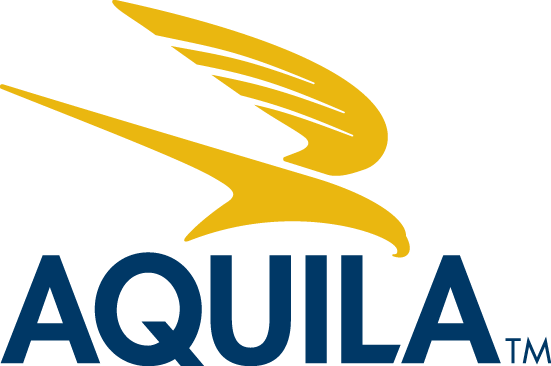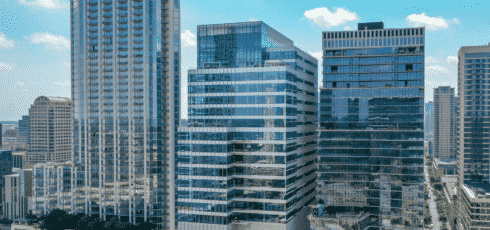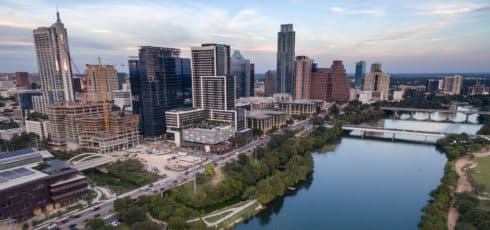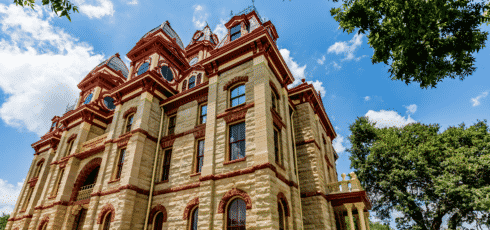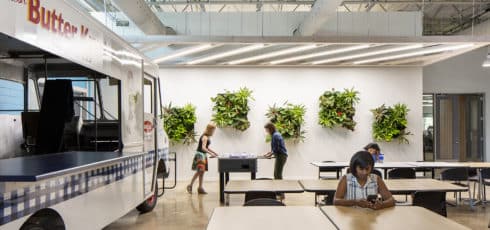This article was originally published in AQUILA’s 4Q 2019 Austin Office Market Report.
Being dedicated Austinites, we at AQUILA love to tout the many reasons why living in Austin is so great. After all, our city frequently ranks at the top of “best places to live” lists, and our local economy is one of the strongest in the country. However, we also understand that, as Austin continues to grow, there are a number of challenges that must be overcome to make the transition as smooth as possible. In this article, we take a look at some of the hurdles Austin faces today, including:
- Transportation Infrastructure
- Low Unemployment
- Rising Housing Prices
- Keeping Austin Weird vs. Letting Austin Grow
There are, of course, other areas of concern pertaining to Austin’s economy, social policies, and business environment, but we will leave those to the economists.
1. Transportation Infrastructure
There’s no getting around it; traffic in Austin is not the best, and it’s only going to get worse in the near future. Like other cities that have experienced similar growth over relatively short periods of time, Austin’s existing road infrastructure was simply not designed to handle the current number of people on the road. Public transportation options are also not robust enough in their current state to alleviate the excess strain on our road network.
However, that doesn’t mean that the future is not bright for transportation in Austin. Several projects are either completed, underway, or planned that should help solve some of the bumper-to-bumper traffic issues that many of us endure on our daily commutes.
Construction on US-183 South, for instance, is underway and anticipated to be completed in 2020. The project, estimated to cost $743 million, is expected to provide an alternative north/south corridor to IH-35 and Mopac that will open up access to East Austin. The new road will feature tolled and non-tolled sections, as well as bike lanes and sidewalks.1
Improvements for US-183 North near Cedar Park are also in the works, with construction anticipated to begin in 2021. While additional lanes may not completely solve the traffic issues on either of these corridors that we see during rush hour, it is a positive step towards increasing our infrastructure’s capacity which will undoubtedly be needed in the future.
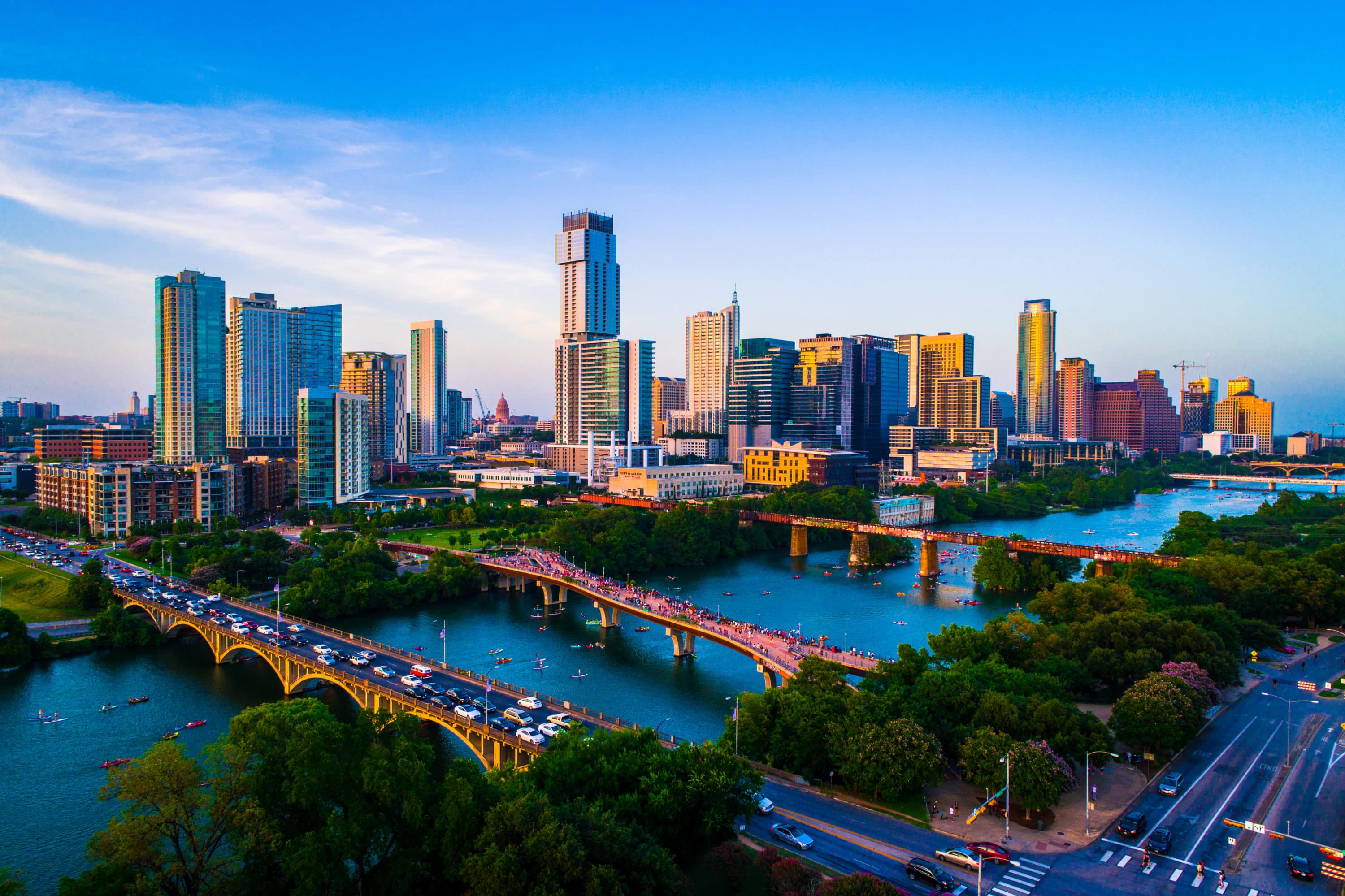
Traffic on Lamar Boulevard getting into and out of downtown Austin.
2. Low Unemployment
Austin has one of the lowest unemployment rates of any city in the country, sitting at 2.5% as of November 2019.2 While this is a great achievement and one of the many reasons Austin is frequently ranked as one of the best places to live, having such low unemployment brings with it some drawbacks that could potentially cause issues in the long run.
From an employer perspective, low unemployment means there is fierce competition to secure and keep the best talent. With the seemingly endless list of available jobs to choose from (currently 23,000 according to Indeed), employees in Austin hold a lot of negotiating power. This competition can make it a challenge for Austin’s smaller, locally-owned businesses to acquire talent, and may also discourage other small to medium-sized companies from moving to Austin due to the high cost of hiring a top-tier employee. Large employers in and around Austin (Dell, Apple, Facebook, Google, etc.) can simply pay more and offer better benefits than their smaller counterparts, resulting in a concentration of high-salaried jobs that are outliers to the rest of the job market.
So, while low unemployment is definitely a good thing, it will be important for Austin moving forward to continue making an effort to attract an array of industries and company sizes to promote diversity across every sector of its economy.
3. Rising Housing Prices
Another side effect of Austin’s rapid growth can be clearly seen in the housing sector. According to Zillow’s Home Value Index, the median list price for a home in Austin today is $400,000. This is an almost 100% increase since January 2010 and is expected to increase by another 2.7% in 2020. Zillow’s Rent Index also shows a substantial increase, rising from $1,530 per month in 2010 to $1,940 today, a difference of nearly $5,000 per year.
For reference, the median list price nationally is $282,000 and the median rental rate is $1,650.
This increase in housing prices has led many of Austin’s low to mid-income families to seek housing further away from the city center, namely in cities like Cedar Park, Round Rock, and Buda.
East Austin especially has undergone major changes; historically a lower-income neighborhood, the area is now seen (and priced) as an expansion of downtown.
Compared to many of its peer cities, however, Austin is still relatively affordable. Denver, for example, has a median list price of $450,000, and tech-centric cities on the West Coast are far more expensive, such as Los Angeles at $717,000.
WANT TO LEARN MORE ABOUT AUSTIN’S FUTURE?
Download our latest Austin Office Market Report to read exclusive insights from AQUILA brokers regarding Austin’s three primary submarkets.

4. Keeping Austin Weird vs.Letting Austin Grow
The phrase “Keep Austin Weird” has been the long-time mantra for Austinites hoping to avoid their city turning into the suit-filled concrete jungle of Dallas or the urban sprawl of oil-rich Houston. Whether it be to the extreme of opposing all new development or the moderate of making sure a favorite taco truck isn’t pushed out of business, this mantra is seemingly at odds with the extensive growth and commercial development Austin has seen in recent years.
Or is it?
The answer to this question is tough to define but will play a vital role in determining what Austin looks like years from now. While there will likely never be a unanimous decision made by all parties involved, the combination of zoning ordinances, support, and opposition of neighborhood organizations, development practices of real estate developers, and the overall health of Austin’s local economy will all help determine which side of the scale Austin ultimately falls on.
For the most part, however, most Austinites would likely agree with Matthew McConaughey that the simplest answer is that we should “Keep Austin Austin.”
Conclusion
It’s hard to predict what the future of a city will look like, and we don’t claim to know with certainty what Austin’s future holds 50, 20, or even 10 years from now. We also understand that there are undoubtedly other economic, social, and government factors at play that we did not cover. Nevertheless, the above hurdles are ones we feel are both pressing and within the realm of control of Austinites themselves, so we are excited to see how these hurdles continue to be addressed and how Austin will look once they have been overcome.
To learn more about the changes in Austin’s office market, download our latest Austin Office Market Report.
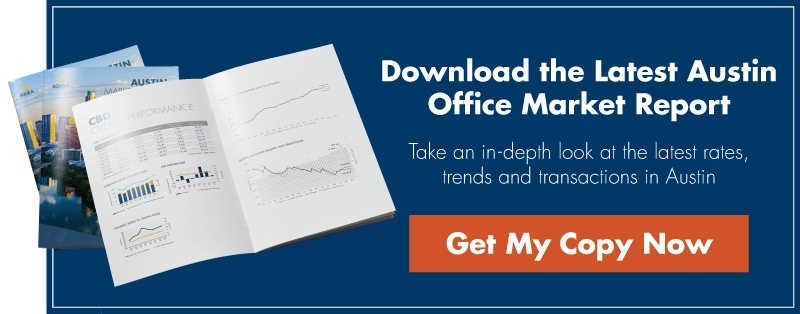

1Source: “Get to Know More about What We’re Building for the 183 South Project.” <www.183south.com/project-overview/overview>.
2Source: Bureau of Labor Statistics

